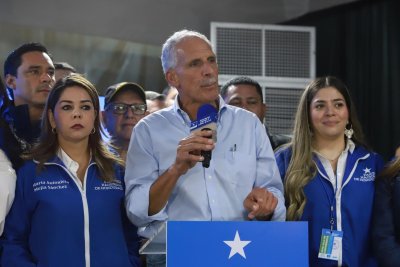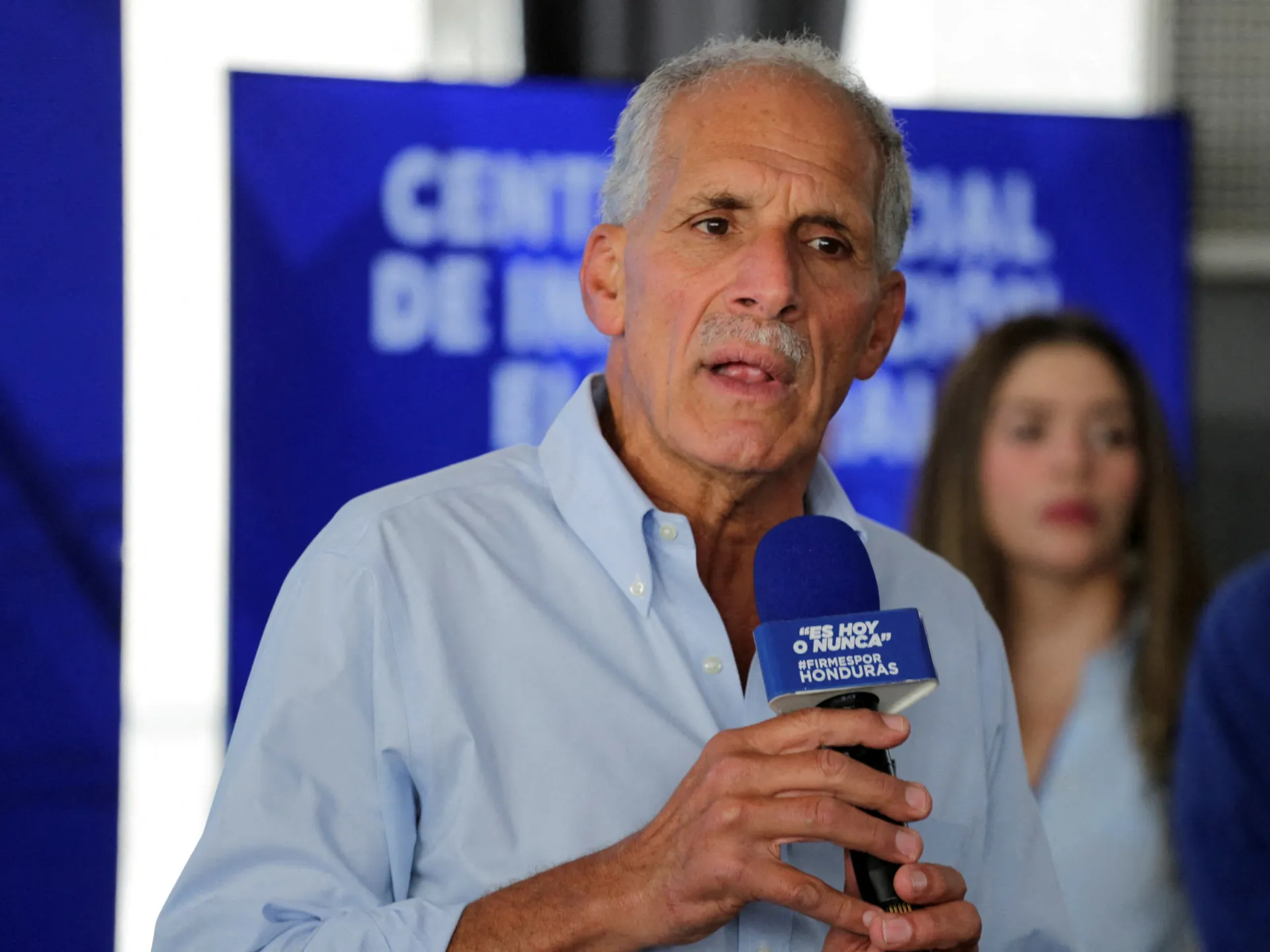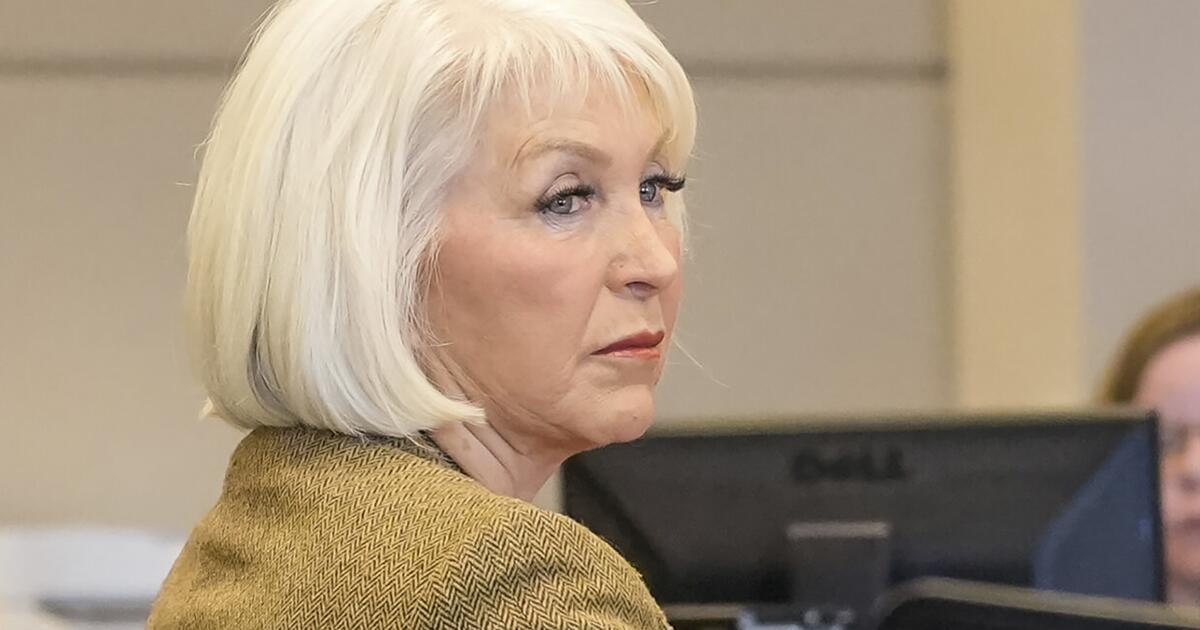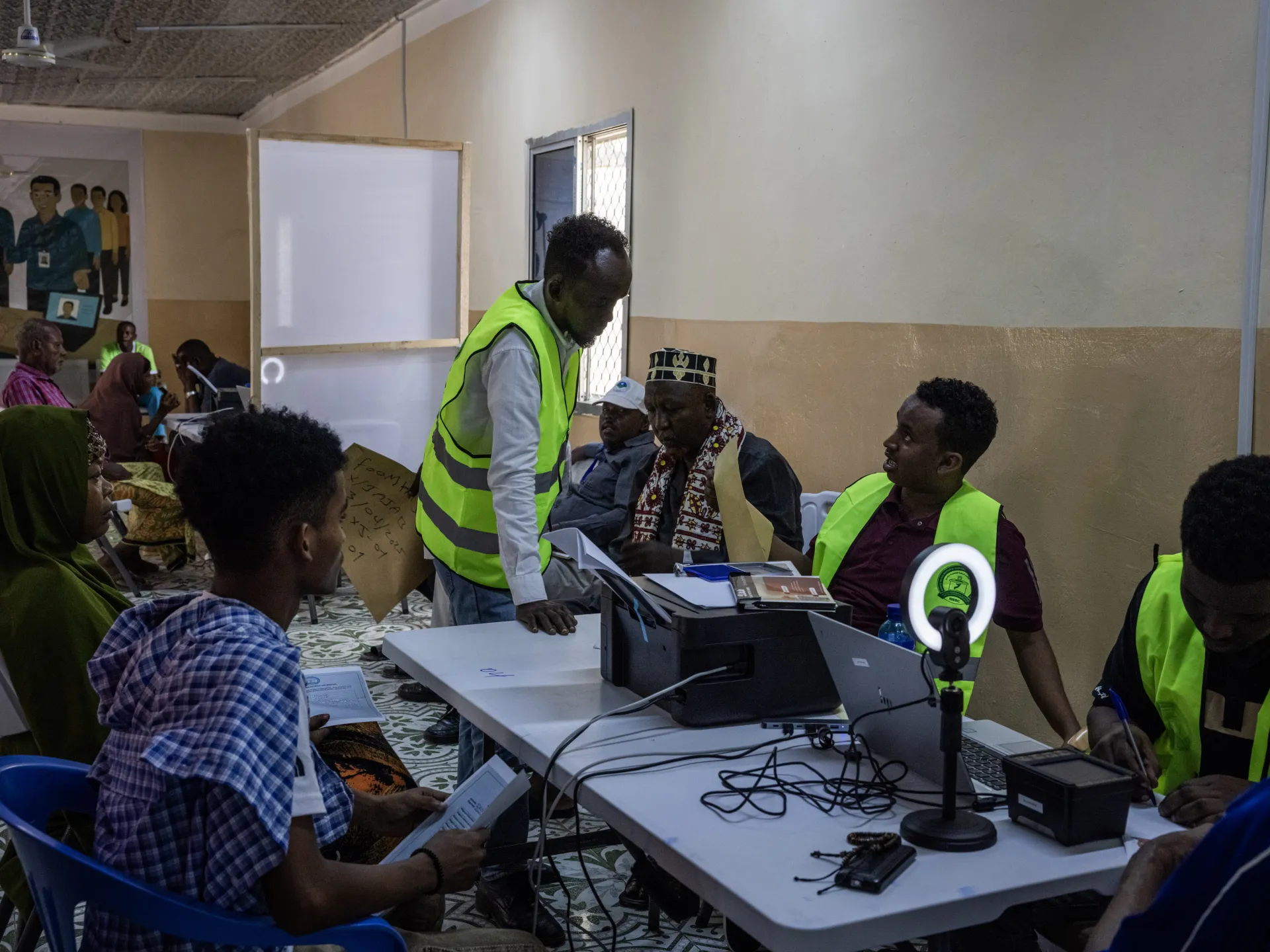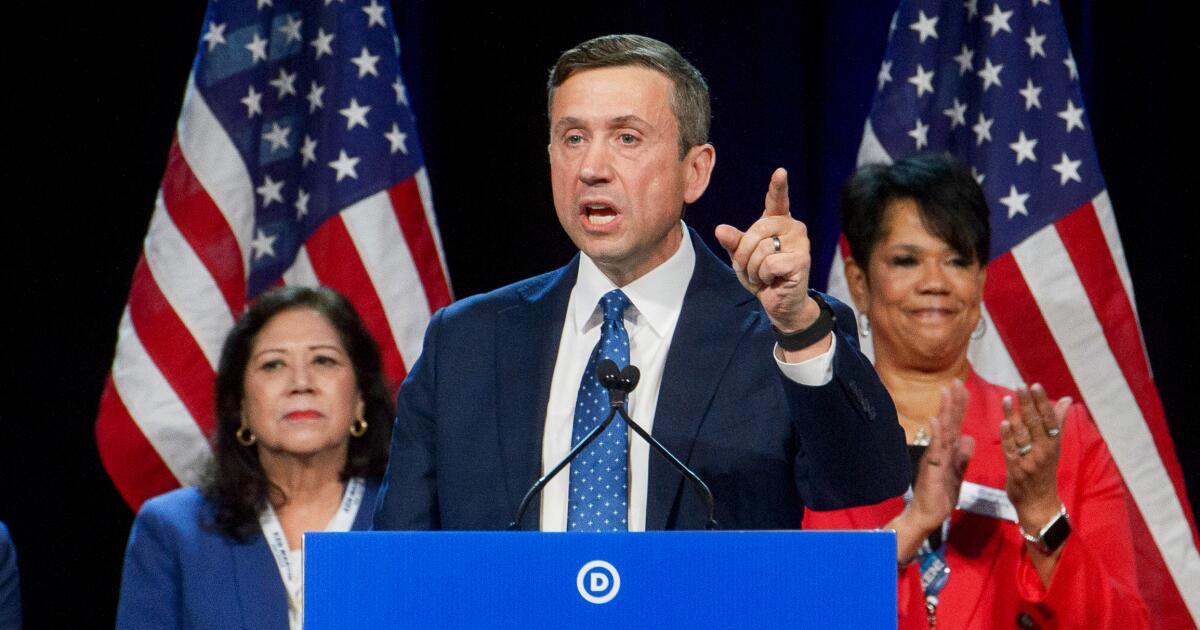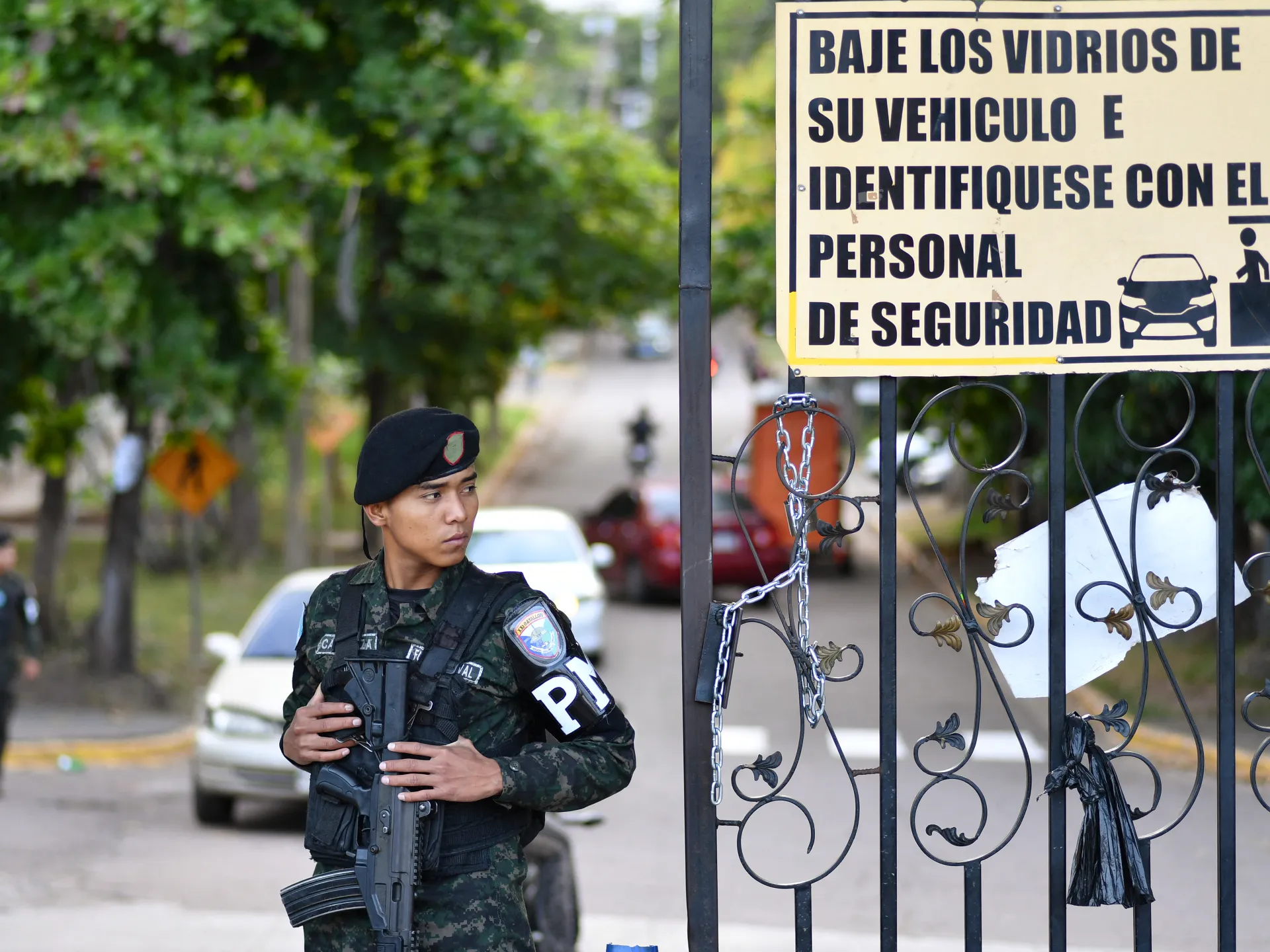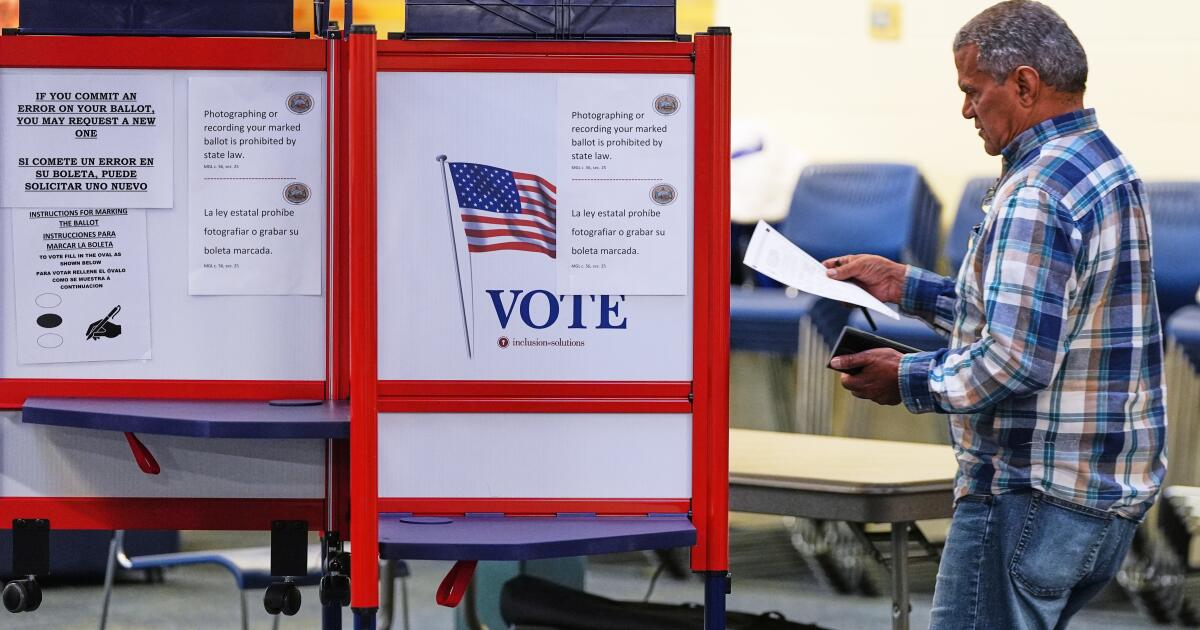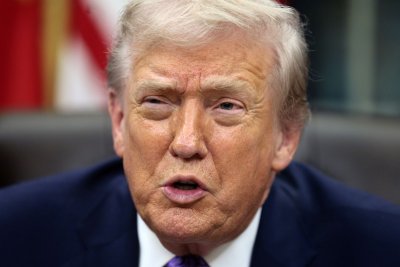Honduras declares Trum-backed Asfura winner of presidential election

Honduran presidential candidate Nasry Asfura speaks during an election day event in Tegucigalpa on Nov. 30. He was declared the winner on Wednesday. Photo by EPA
Dec. 24 (UPI) — Nasry Asfura, with backing by U.S. President Donald Trump, on Wednesday was declared the winner of Honduras’ presidential election that took place one month ago and included fraud allegations.
The 67-year-old right-wing candidate received 40.27% of the vote, with center-right Salvador Nasralla getting 39.53%. The margin was 28,000 votes out of 3.7 million for the election on Nov. 30.
Naralla, 72, served as vice president in the current Liberty and Refoundation, or Libre, but joined the right-wing Liberal Party in his fourth bid for president. Nasralla is a sportscaster and host of the long-running game show on television.
Asfura, nicknamed Tito and Papi, is a construction magnate and former mayor of Tegucigalpa, the capital, from 2014 to 2022.
“Honduras, we now have the official declaration from the CNE [electoral council],” he posted on X. “I recognise the great work carried out by the councillors and the entire team that ran the election. Honduras: I am ready to govern. I will not let you down. God bless Honduras.
His four-year term will begin Jan. 27.
The electoral council declared him the winner before finishing an audit.
There was a review of all tally sheets under “special scrutiny” last week to recount ballots flagged as Inconsistent.”
The electoral council comprised three councillors: one aligned with Asfura’s party, one with Nasralla’s and one with the party of the leftist president, Xiomara Castro, whose candidate finished third, Rixi Moncada, with 19.2%.
Only two councillors declared him the winner. The representative linked to the president’s party alleged that an “electoral coup” was underway and filed a complaint with the public prosecutor’s office.
Nasralla, refusing to concede, alleged fraud in the counting process, including “forgery of public documents,” claiming “the data from the original tally sheets were altered.” He made the allegations in a series of posts on X.
The results could be challenged in court.
“I have not found proof of widespread or large-scale fraud,” Hector Corrales, the director of the Honduran research institute NODO, who worked for the European Union’s electoral observer mission, said Tuesday.
But there already were doubts about the election integrity, he said.
“That will have an impact on the government’s credibility,” Corrales said. “And that is going to ruin his administration if he doesn’t know how to handle it.”
The top two candidates were different politically than the leftist Libre party, focusing on concerns about crime and corruption.
U.S. Secretary of State Marco Rubio posted on X: The people of Honduras have spoken: Nasry Asfura is Honduras’ next president. The United States congratulates president-elect Asfura and looks forward to working with his administration to advance prosperity and security in our hemisphere.”
Like Asfura, Nasralla also tried to appeal to Trump. His wife was seen wearing a MAGA hat.
A few days before the election, Trump publicly backed Asfura, and the United States would only support the next government if he won. He called the other leading candidates communists or allies of Venezuela’s dictator, Nicolas Maduro.
On the day before the election, Trump pardoned former Honduran President Juan Orlando Hernandez, who was sentenced to 45 years in U.S. prison for allegedly creating a “cocaine superhighway to the United States.”
He was president for eight years until Jan. 27, 2022.
